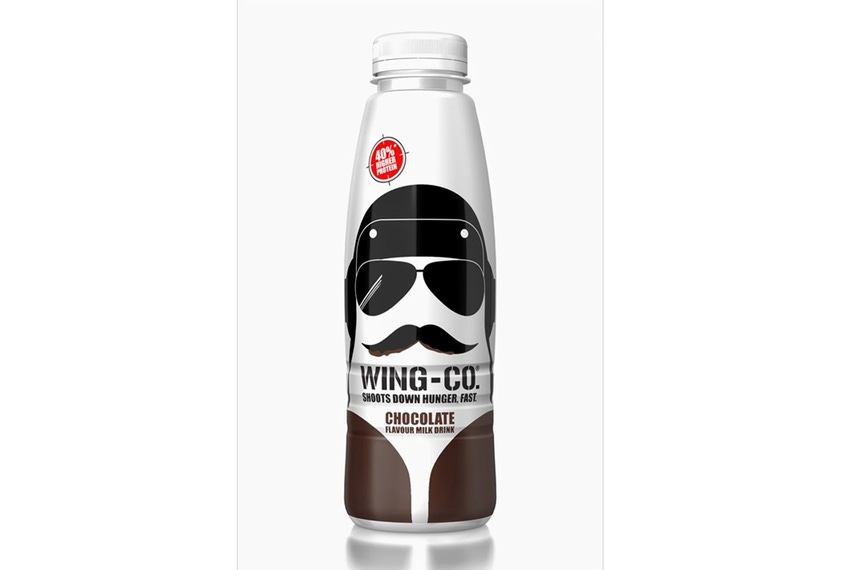Masculine is the new Millennial
January 28, 2015

With annual estimated direct buying power of $200 billion and another $500 billion in indirect influence, according to the U.S. Chamber of Commerce, Millennials have rightfully earned their place as the bulls eye of the consumer goods marketing target. But just outside the X ring, males are an emerging cohort on which progressive brand owners are setting their sights, savvy marketers are skewing product messaging and creative packaging designers are focusing packaging graphics.
Mintel’s 2014 Marketing To Men report outlines numerous do’s and don’t’s when it comes to capturing the hearts and wallets of men, especially the 50% of which, when surveyed, said they are solely responsible for grocery shopping, and the 42% and 37% are responsible for laundry and home cleaning, respectively.
Click the red View Gallery button above to launch the slideshow.
Just as the notion of what it means to be a man has changed, it’s no longer a matter of slapping a macho message on a brown corrugated or faux leather package and expecting men to buy in. Fiona O'Donnell, Mintel category manager, Multicultural, Lifestyles, Leisure and Travel, writes that as men become more engaged in such activities as household upkeep and their own personal grooming, brands must make an emotional connection with them.
But at the same time boundaries are blurring, men still want to be recognized as strong, manly and capable. For marketers, that’s a delicate tightrope on which they must balance and forge a connection with men by showing that they understand their challenges, as well as their sensitivities to either feminine-leaning products or over-the-top “dude-only” items and messaging. O’Donnell advises a dose of humor (but not at the man’s expense), along with recognition for their contributions (or a subtle pat on the back for stepping up) are underlying themes that can be used to connect on-pack with guys.
Marketers can specifically target men by promoting foods that men are most likely to make. For example, as seen in Mintel’s March 2014 Grilling and Barbecuing report, some 84% of men say that they typically do the grilling. Ads for meats, grilled vegetables and grilling accessories can make many men doing the grocery shopping feel like they are being recognized for their contributions. This category is among several considered low-hanging male-oriented marketing fruit.
Other mainstream end-use category targets of opportunity for male-oriented packaging include healthy food and lifestyle products, as well as personal care products. Utility, or all-in-one shampoos, as well as facial cleaning products and skin moisturizers are categories males—especially those living in a household with an income of at least $75,000—feel comfortable shopping for.
According to Mintel’s Man in the Mirror trend, taking pride in his participation in household chores, as well as being more confident by maintaining a well-groomed appearance, defines what it is to be a man in today’s society.
Going forward, brands that tap packaging to encourage that participation and support a man’s confidence will stand out on shelf, create differentiation and help men find products they like and will use—even if they still refuse to read the directions.
David Luttenberger is the global packaging director at Mintel. He has 24 years’ packaging experience. He can be reached at [email protected]. You can follow him on Twitter at @packaginggeek.
About the Author(s)
You May Also Like


